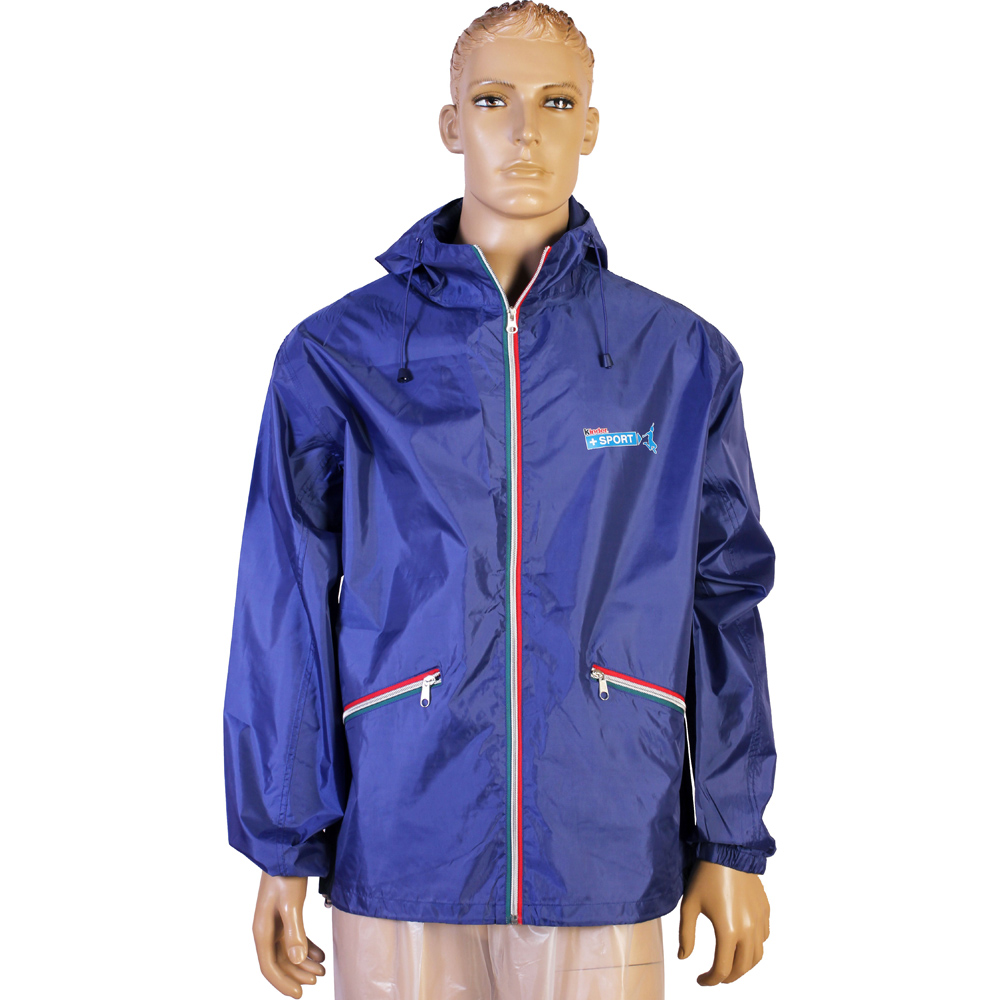 rainwears@163.com may@may-rain.com
rainwears@163.com may@may-rain.com Mon to Friday: 8.00 am - 7.00 pm
Mon to Friday: 8.00 am - 7.00 pm
disposable plastic raincoat
The Rise of Disposable Plastic Raincoats Convenience Meets Sustainability
In an age where convenience is often prioritized in consumer choices, the disposable plastic raincoat has emerged as a quintessential example of how innovation can meet immediate needs, particularly in the face of unpredictable weather. These lightweight and affordable raincoats have gained popularity not only for their practicality but also as a solution to various challenges posed by environmental concerns. As we delve deeper into the topic of disposable plastic raincoats, it's important to explore their benefits, drawbacks, and potential role in promoting sustainability.
The Convenience Factor
One of the primary reasons for the surge in the popularity of disposable plastic raincoats is their unparalleled convenience. Lightweight and compact, they easily fit into a handbag or glove compartment, making them an ideal accessory for those on the go. Whether you’re caught in an unexpected downpour while hiking, commuting, or enjoying a day at the amusement park, a disposable raincoat offers immediate protection against the elements. With a simple design, users can don the coat quickly, allowing them to continue their activities without significant interruption.
Furthermore, disposable plastic raincoats are incredibly affordable. They can often be purchased in bulk, making them a cost-effective option for events such as festivals, outdoor gatherings, or sporting events, where a sudden change in weather can dampen the spirit of participants. This affordability creates a sense of security for individuals who may not feel comfortable investing in a high-end raincoat that they may rarely use.
Environmental Concerns
While the convenience of disposable raincoats is undeniable, they also raise significant environmental concerns. Traditional disposable plastic products are often single-use and contribute to the growing problem of plastic waste. With millions of raincoats being discarded each year, the environmental burden cannot be overlooked. Many end up in landfills where they can take hundreds of years to decompose, contributing to pollution and harming wildlife.
disposable plastic raincoat

In response to these concerns, manufacturers are beginning to explore more sustainable materials for disposable raincoats. Biodegradable plastics, derived from cornstarch or other renewable materials, are currently being developed as an alternative. These eco-friendly options are designed to break down more quickly than conventional plastics, thereby reducing their environmental impact.
The Role of Reusable Options
Another aspect to consider in the conversation around disposable raincoats is the increasing awareness of the importance of reusability. Many consumers are shifting towards sustainable practices, understanding that reusability is a key factor in reducing waste. As a result, there are now numerous reusable raincoat options available on the market, made from recycled materials or designed for multiple uses. These products not only help decrease plastic waste but also often feature better design and functionality compared to their disposable counterparts.
However, this does not negate the value of disposable raincoats entirely. For certain scenarios, such as emergencies or planned events with high uncertainty regarding weather conditions, the convenience of a disposable option can still be a game-changer. The key lies in educating consumers about when and how to use disposable products responsibly.
Conclusion
In conclusion, disposable plastic raincoats serve as a fascinating intersection of convenience and environmental consideration. While they provide an immediate solution to weather-related challenges, the issues surrounding plastic waste necessitate a shift towards more sustainable practices. By embracing biodegradable materials and promoting the use of reusable raincoats, we can continue to enjoy the benefits of convenience while taking steps to protect our planet. Moving forward, it is crucial that consumers become informed about their choices, ensuring that practicality does not come at the expense of our environmental responsibilities. As innovations continue to evolve, the future of disposable raincoats could very well harmonize comfort and sustainability, paving the way for a more eco-conscious approach to fashion and functionality.
-
Ultimate Duplex Tents Lightweight & Weather-Resistant Shelter Solutions
NewsApr.29,2025
-
Women's Lightweight Raincoat with Hood - Waterproof Overall Raincoat for Outdoor
NewsApr.29,2025
-
San Onofre Camping Guide Top State Park Sites & Essential Gear List
NewsApr.29,2025
-
Core 6 Person Instant Tent - Lighted Cabin & Dome Tents for Easy Camping
NewsApr.28,2025
-
Women's Fall Raincoats & Jackets Waterproof & Lightweight Styles
NewsApr.28,2025
-
Women's Long Hooded Raincoats - Waterproof, Lightweight & Stylish
NewsApr.28,2025


































